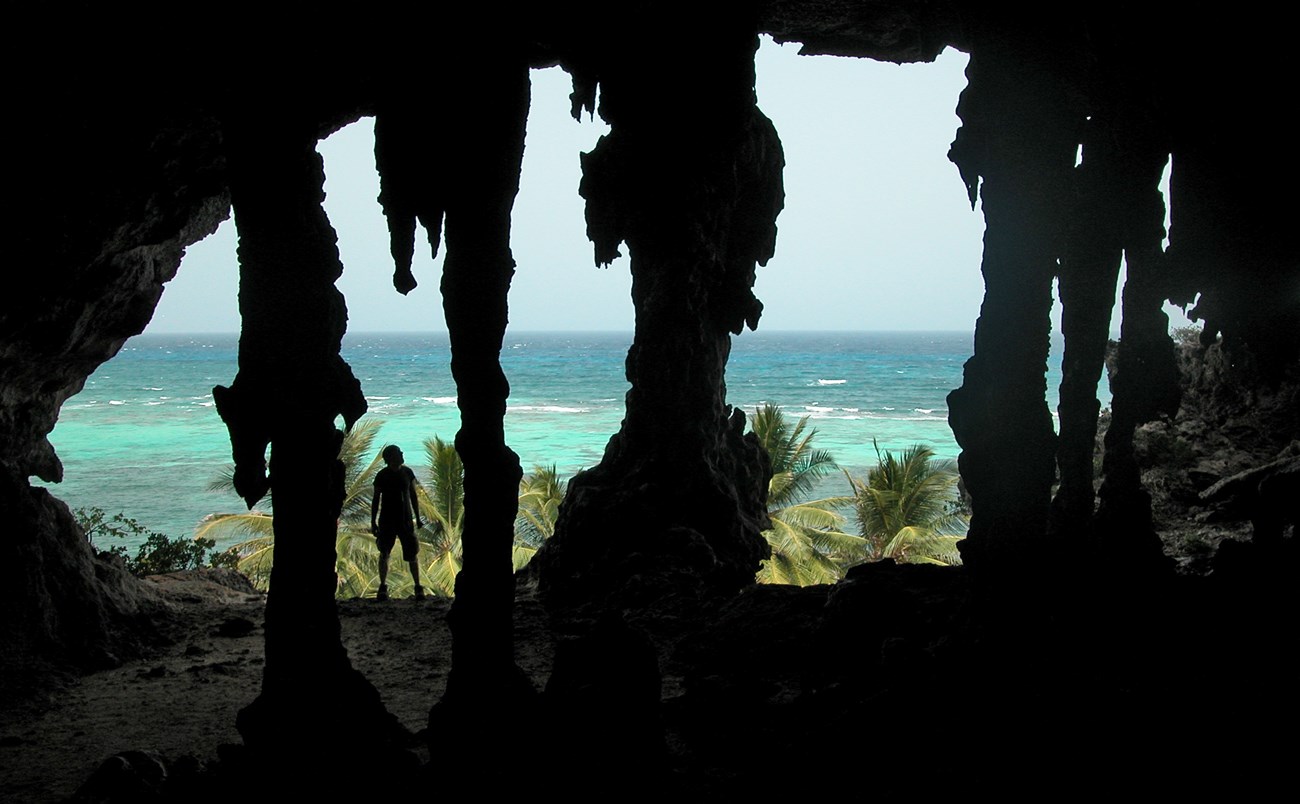
Photo by David Bunnell
National Natural Landmarks (NNL) are natural areas designated for their outstanding examples of biological and geological features. Sites are owned by a variety of public and private landowners and their participation is voluntary. The NNL Program, established in 1962, is administered by the National Park Service (NPS). The NPS encourages and supports landowner conservation efforts, helps raise awareness of these significant sites and can elevate and shine a light on some of the extraordinary efforts taken by the various public and private stewards of these significant areas.
NNL designation provides a catalyst that brings various landmark owners, managers, and partners together. Joining forces around shared goals spurs cooperative stewardship, pooling of resources, improved innovation, and a strengthened conservation commitment.With 599 sites across the country, NNLs provide broad geographic coverage and represent the great diversity of America's natural heritage. This network of landmark sites offers the perfect opportunity for connection and engagement in landscape scale conservation efforts, a few of which are highlighted here.
Connected Conservation in National Natural Landmarks
Last updated: August 21, 2020
